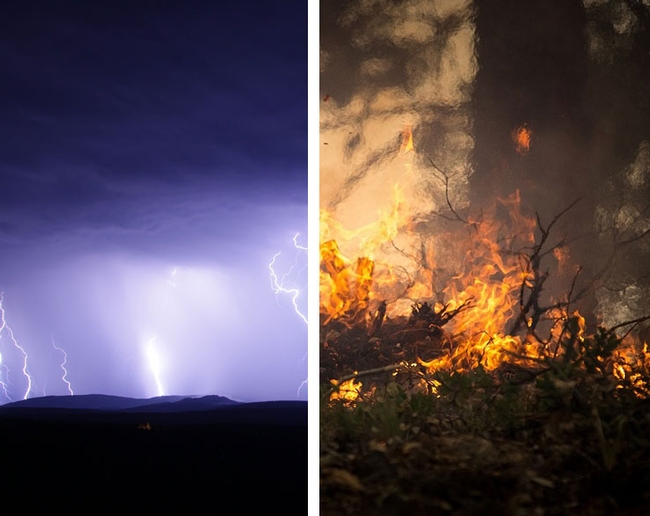A new study out of UC Riverside projects an increase in rain and snow in California due to climate change, reported Matt Smith on Seeker.com. Anthropogenic impacts on climate are expected to produce a chronic El Niño-like weather pattern off the Pacific coast of the U.S., leading to about 12 percent more rain and snow by 2100.
The study used a newer computer model and relied on other models that have a better record of simulating precipitation and the effects of an El Niño on the state. El Niño, the cyclical warming of the Pacific Ocean near Earth's equator, typically produces warmer temperatures across much of the United States and more rainfall over California.
Meanwhile, an article by Joshua Emerson Smith in the San Diego Union-Tribune presented less-welcome climate change news. It concluded that wildfires are expected to get longer and more intense in California due to climate change.
“We will need some very new approaches to deal with both the increasing hazard of fire and our increasing exposure to it,” said Max Moritz, UC Cooperative Extension specialist in fire ecology and management at UC Berkeley's College of Natural Resources. “The situation we have created is dangerous, and without a major shift in perspective it will only get worse.”
There are ways to limit the ignition of the wildfires. The article said about 95 percent of all wildfires are caused by people, so it's important to be aware of fire-safe practices pertaining to home maintenance, campfires, target shooting, vehicle use and other outdoor activities.
Here are a few examples of fire-safe best practices:
- Mow lawns in the morning before it gets too hot. Never mow when it is windy or extremely dry. Avoid rocks when mowing; metal blades can cause sparks when they hit rocks.
- Don't drive a vehicle on dry grass or brush. Don't allow vehicle brakes to wear thin, as thin brakes can cause sparks. Carry a fire extinguisher in the car.
- Maintain 100 feet of defensible space around homes in fire-prone areas. UC ANR experts recommend a five-foot zone immediately adjacent to the home be completely devoid of plants and anything combustible.
